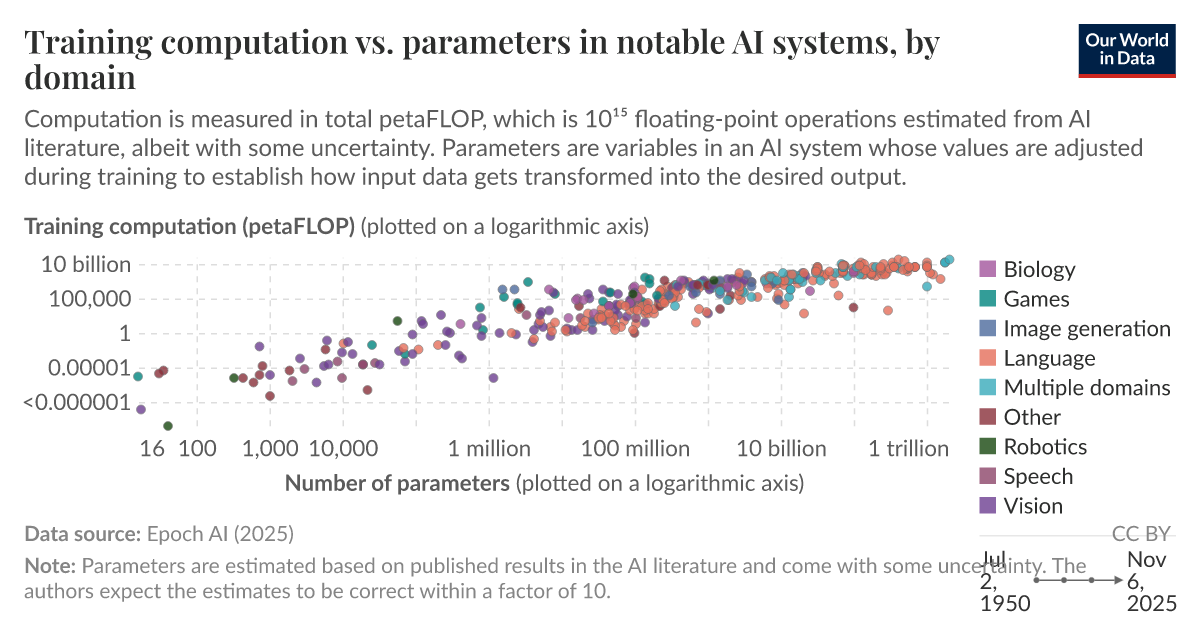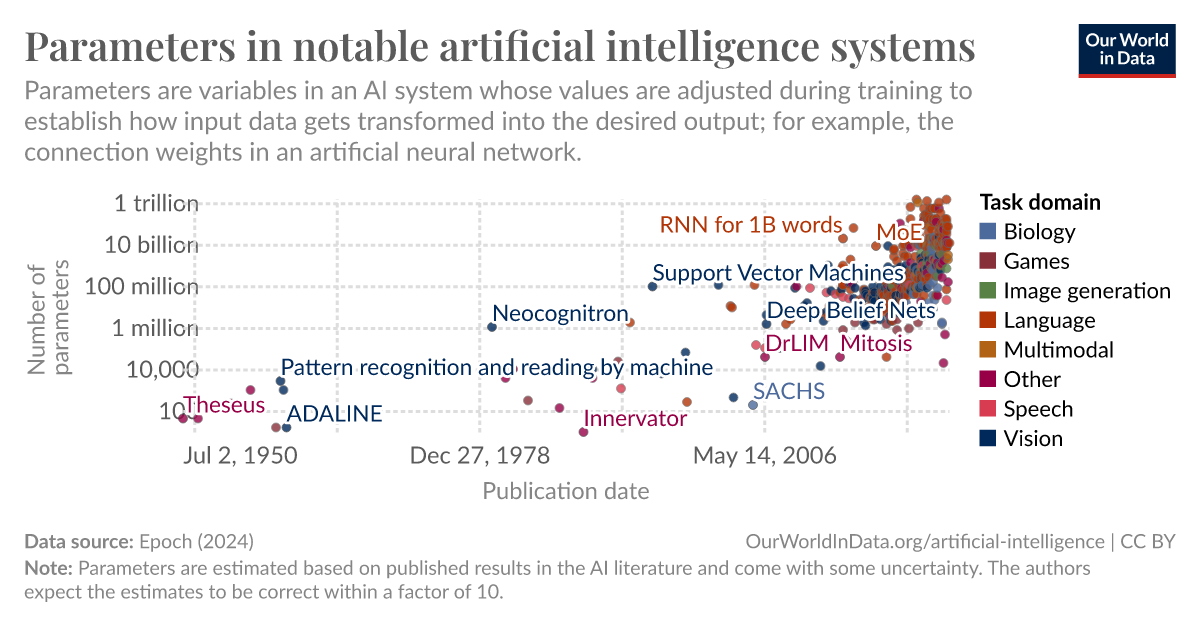Is it possible the trigger for the next wave is a % of the previous pending installs to download coupled with a date trigger so it doesn’t drag on too long?
If 80% download then next wave.
Or 24 hours then next wave.
Unless manual intervention to stop?
I can’t imagine there’s a Tesla employee manually pushing these waves.
Would be fun to try and figure out the triggers.
If 80% download then next wave.
Or 24 hours then next wave.
Unless manual intervention to stop?
I can’t imagine there’s a Tesla employee manually pushing these waves.
Would be fun to try and figure out the triggers.





